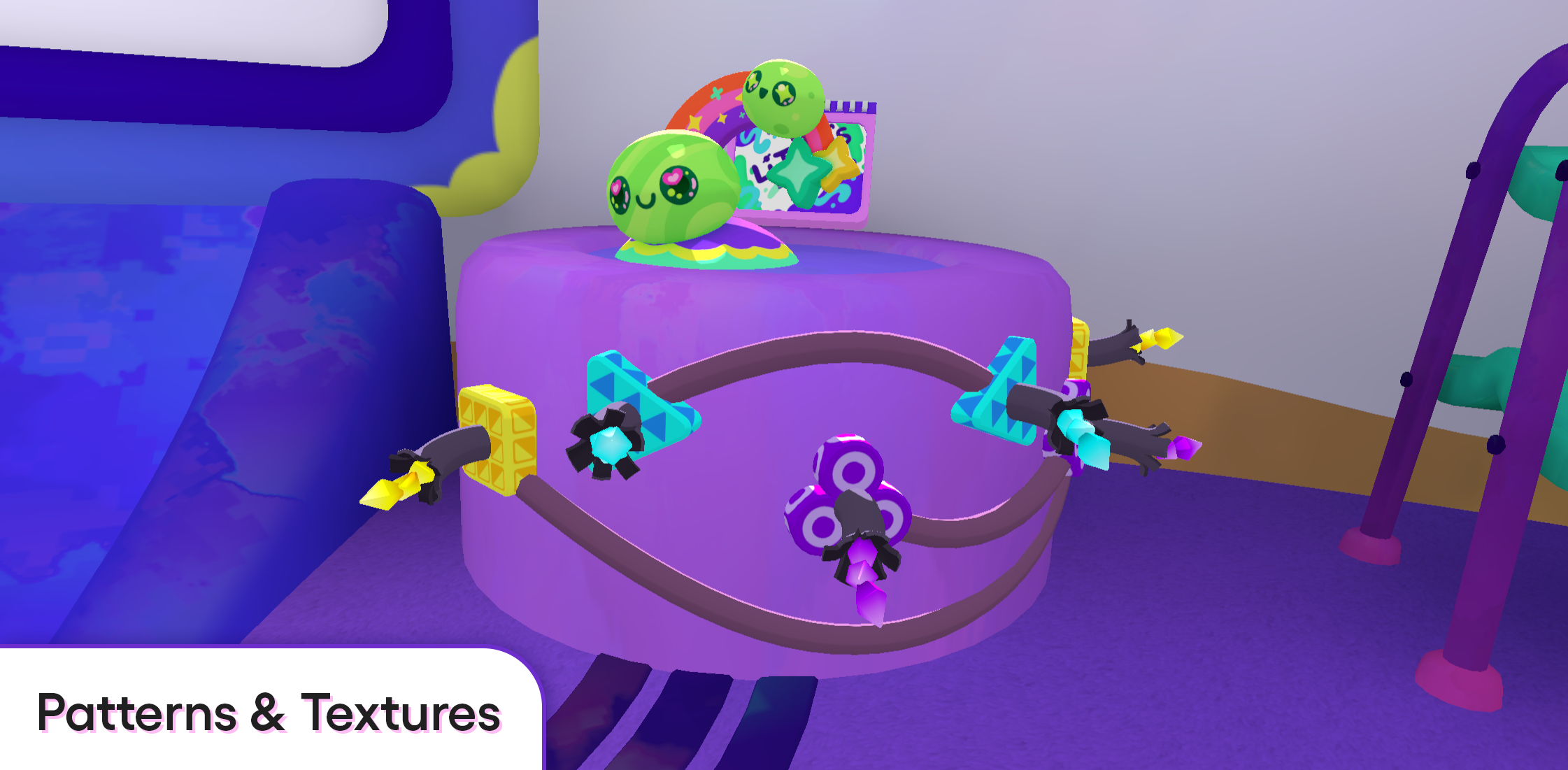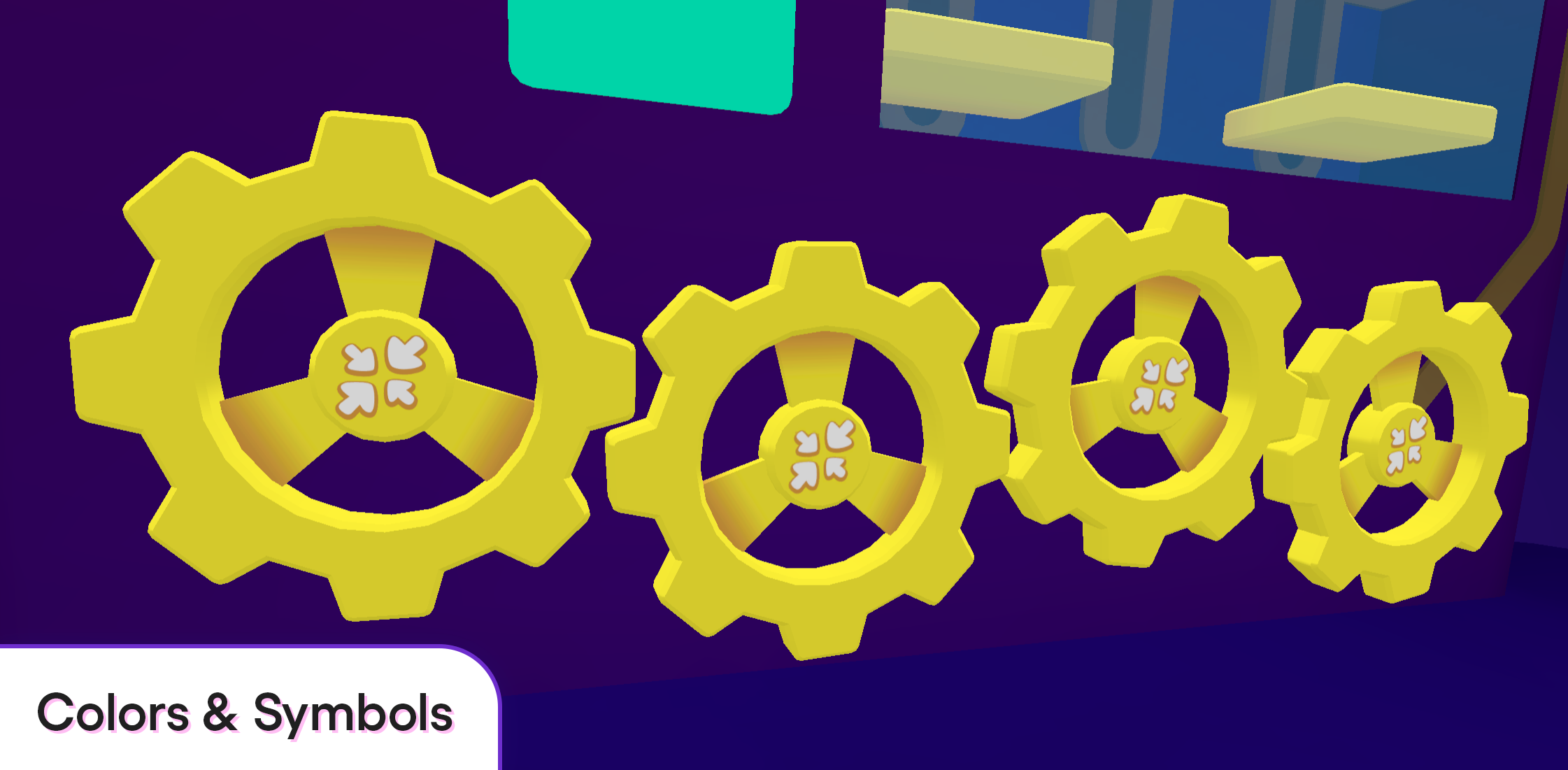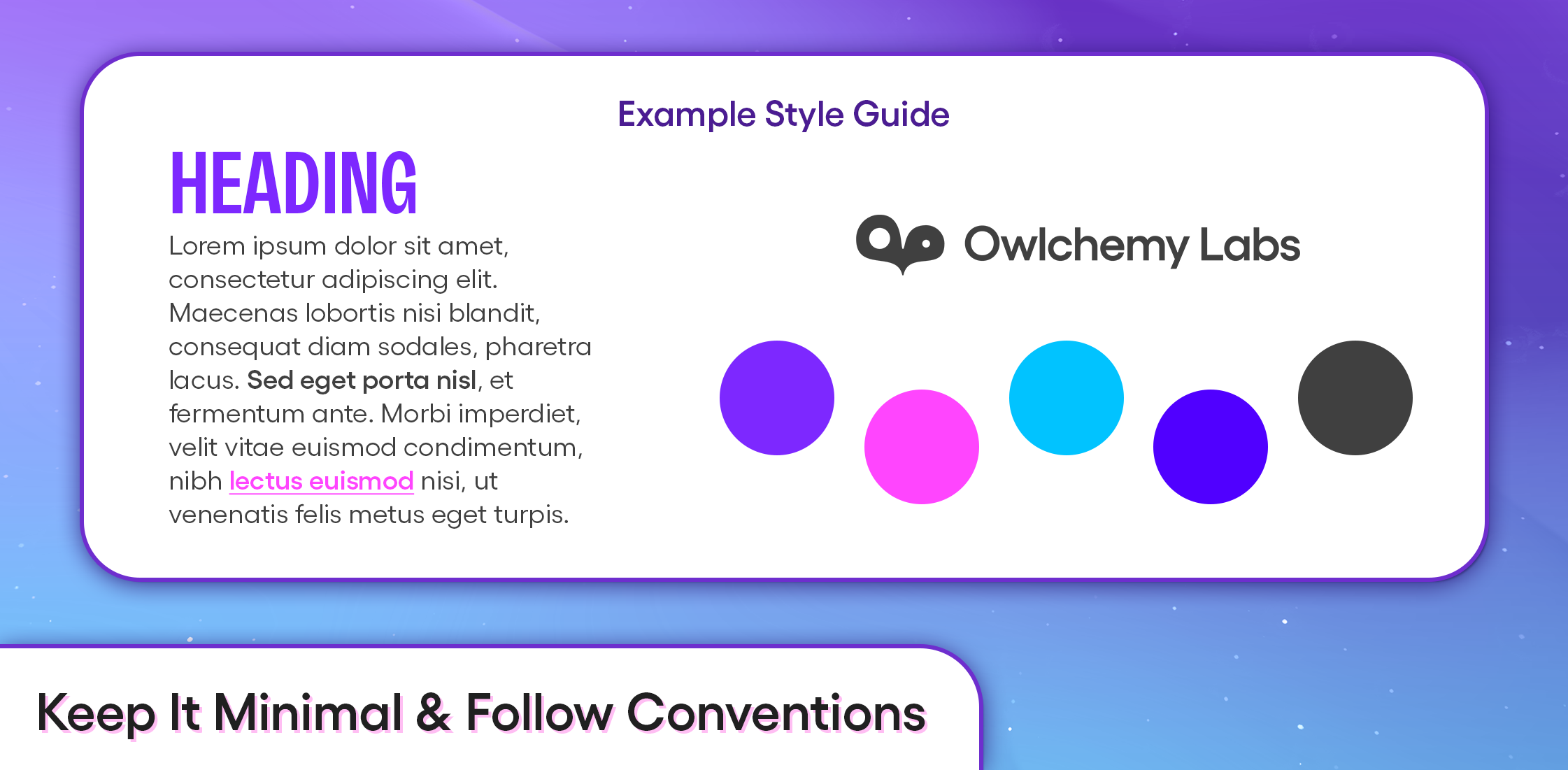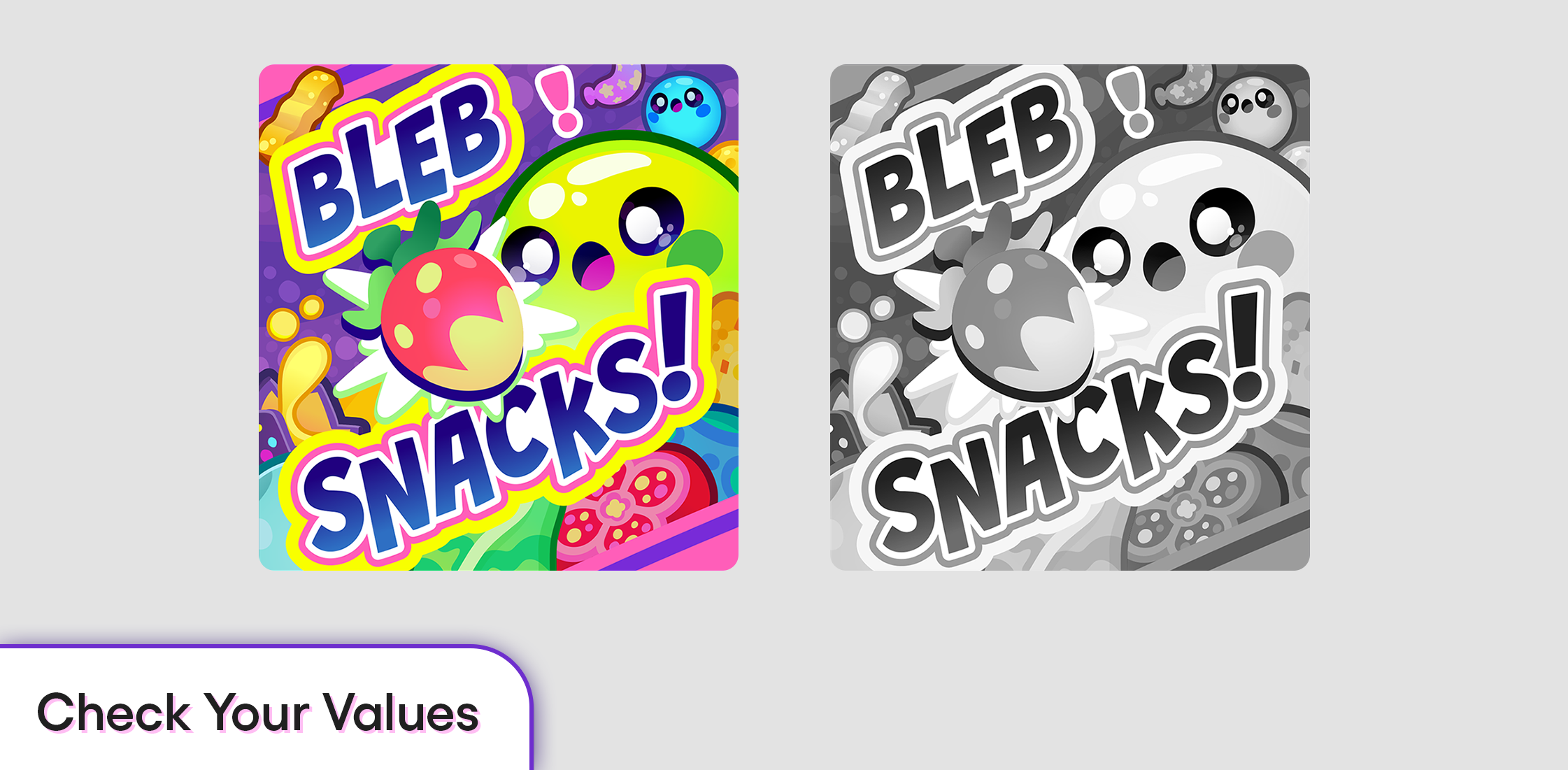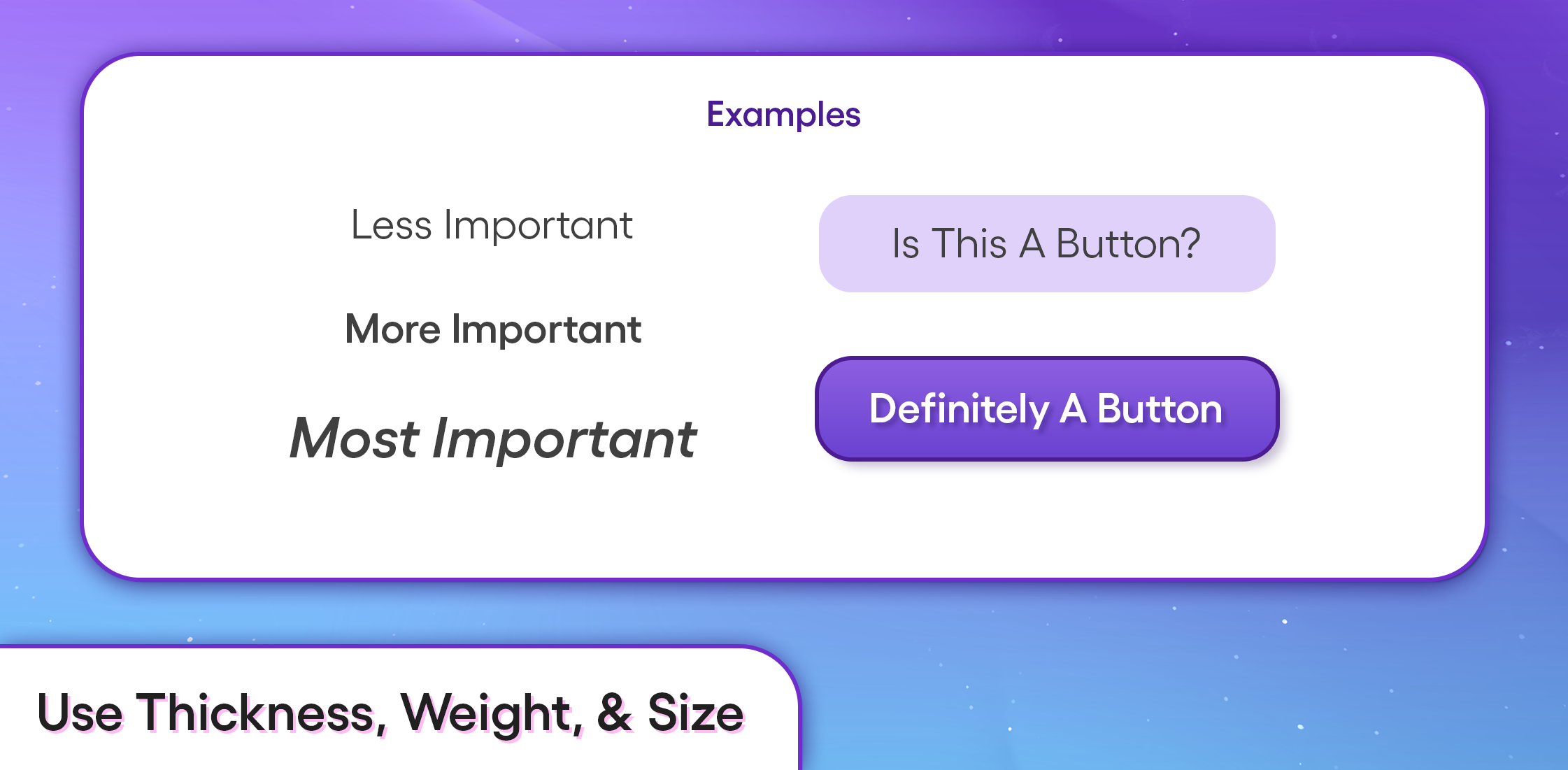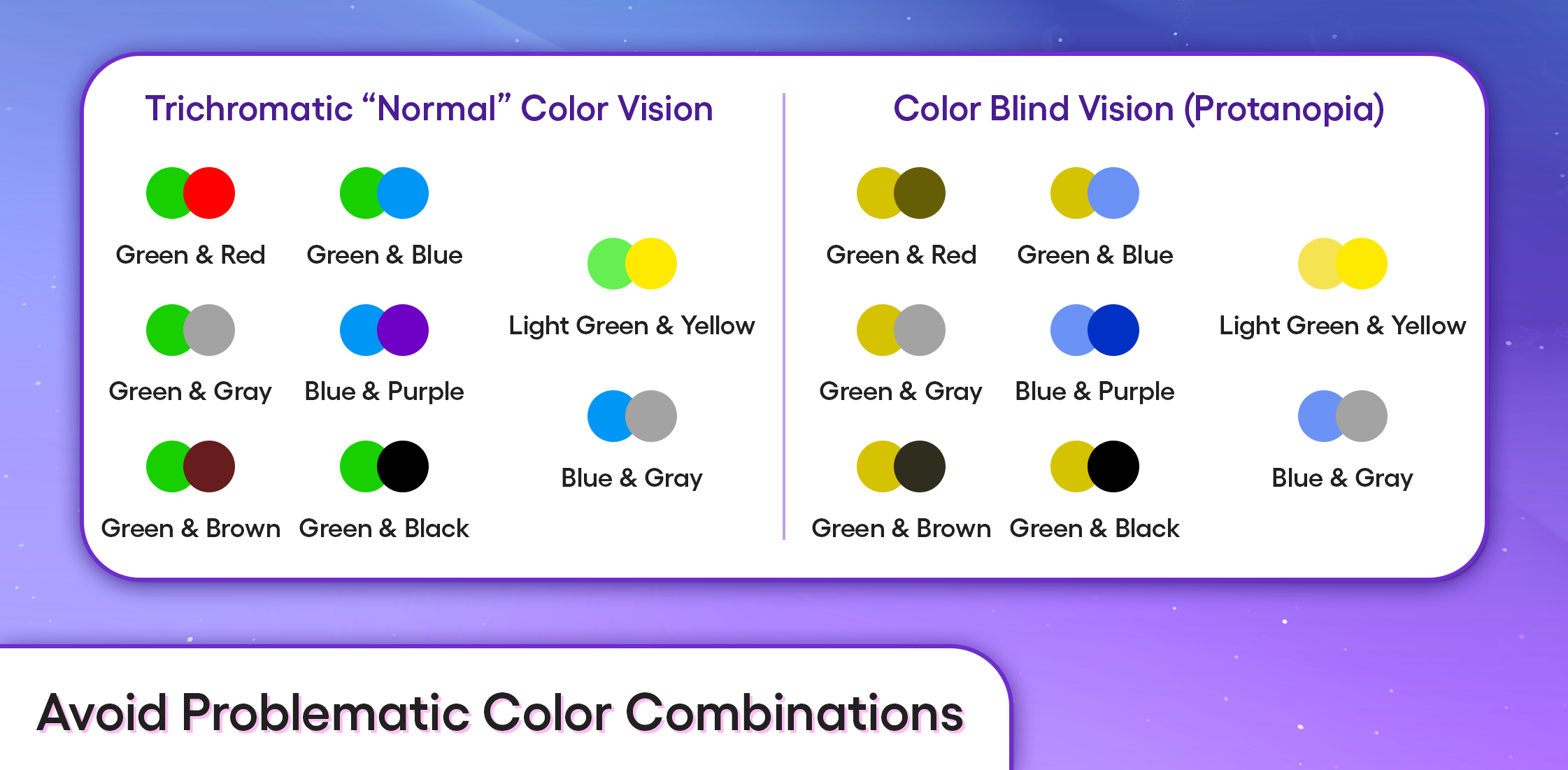
How We Incorporate Accessibility in Development
Written by Jazmin Cano
At Owlchemy Labs, we believe in VR for Everyone. That means that we want all players, regardless of disability or limitation, to be able to have fun playing our games with comfort and ease. We continue to work towards the goal of making VR for Everyone by including accessibility innovations in each of our releases and establishing on-going standards and considerations.
In honor of Global Accessibility Awareness Day, we’d like to give you a high level look at how Owlchemy Labs incorporates accessibility into our games.
Education
Everyone at Owlchemy learns about designing for accessibility from their first days of onboarding. We have a large section of documentation dedicated to Accessibility. Our internal Accessibility Guide covers vision, hearing, motor and cognitive impairments.
The sections include information about different disabilities and conditions to consider when designing and developing our games. Nestled under those sections is further reading to better understand what a person’s experience may be. Additionally, we have added several visual examples of what we expect from developers in order to make what they create more accessible by default.
For example, in our Color Accessibility section, we have information about how people experience the different types of color vision deficiencies there are and what we can do to help these players.
Our guide tells developers to use this checklist when designing:
Use patterns and textures
Pair colors and symbols
Keep it minimal and follow conventions
Check your values
Use thickness, weight, and size
Avoid problematic color combinations
We also continue to learn about accessible design and development through innovations happening in traditional video games, conference sessions, and directly from players and disability communities.
Development
Owlchemy Labs has a team dedicated to exploring Accessibility full-time: Jazmin Cano, Accessibility Product Manager and Peter Galbraith, Senior Accessibility Engineer. The Accessibility Team works with different teams within the company throughout the development process to make sure accessibility is thought about and discussed regularly.
Because we cultivate a culture where accessibility is everyone’s responsibility, developers at Owlchemy still continue to spot areas that could benefit from accessibility improvements even on teams without an accessibility focused developer. This feedback is passed on to the Accessibility Team who additionally conduct frequent internal playtests to quickly find areas of inaccessibility that can be corrected.
Playtesting
Playtesting is a very important part of our process and happens throughout development.
While we used to only do in-studio playtesting, we now do a mix of in-person and remote playtesting. This gives us the ability to get valuable feedback from a wide variety of players. While we have Owls with disabilities that contribute their own experiences during playtesting, we also make sure to get as many perspectives as possible so we don't limit our accessibility changes to what we know. For Cosmonious High’s Vision Accessibility Update, working with VR Oxygen was a major help in finding playtesters who had a variety of vision impairments that could play our game and provide feedback.
Remote playtesting also allows more people to be able to participate in designing and testing these innovative technologies. Some people, regardless of disabilities, may experience challenges that make traveling to an in-person playtest difficult or infeasible. For this reason, not having to travel to a physical location is providing accessibility in itself.
Cosmonious High Key Art with title “Vision Accessibility Update”
Post-launch
While it’s important to incorporate accessibility from the start, improving accessibility is something that is still possible to do after a launch happens. As mentioned earlier, Cosmonious High had an update released called the Vision Accessibility Update. That process looked something like this:
Review Cosmonious High with Steve Saylor, an accessibility consultant, and document his experiences, thoughts, and expectations of what a more visually accessible version of the game could be.
Create a product requirements document listing features we wanted to see in the update.
Prioritize features that would lead to making the MVP (minimum viable product) version.
Start development!
Playtest and revisit designs based on playtest results.
Continue development and iterate areas that need improvement.
Repeat the last two steps until requirements are met, players understand how to use the features, and players demonstrate that they can play through MVP while having fun!
The Vision Accessibility Update for Cosmonious High launched almost a year after the game was initially released. Leading up to the launch, our team spent months talking to players who were legally blind, had low vision, and experienced a wide range of vision impairments. We also read a lot of social media posts and listened to blind and visually impaired players share their thoughts on accessibility in games. During our playtests, we heard directly from people about their experiences gaming and playing VR, and learned what works well for them and what they would like to see in the future. The features we were developing changed and improved a lot over that time and it was thanks to co-designing and testing with people from the low vision community.
In conclusion
This is only some of what Owlchemy Labs does to make our games more accessible to our players, but we hope other developers can learn from our work and we encourage our peers in the industry to explore accessibility during development and post-launch. We strongly believe that making the VR space more accessible will benefit everyone!
VR For Everyone* *No Exceptions

